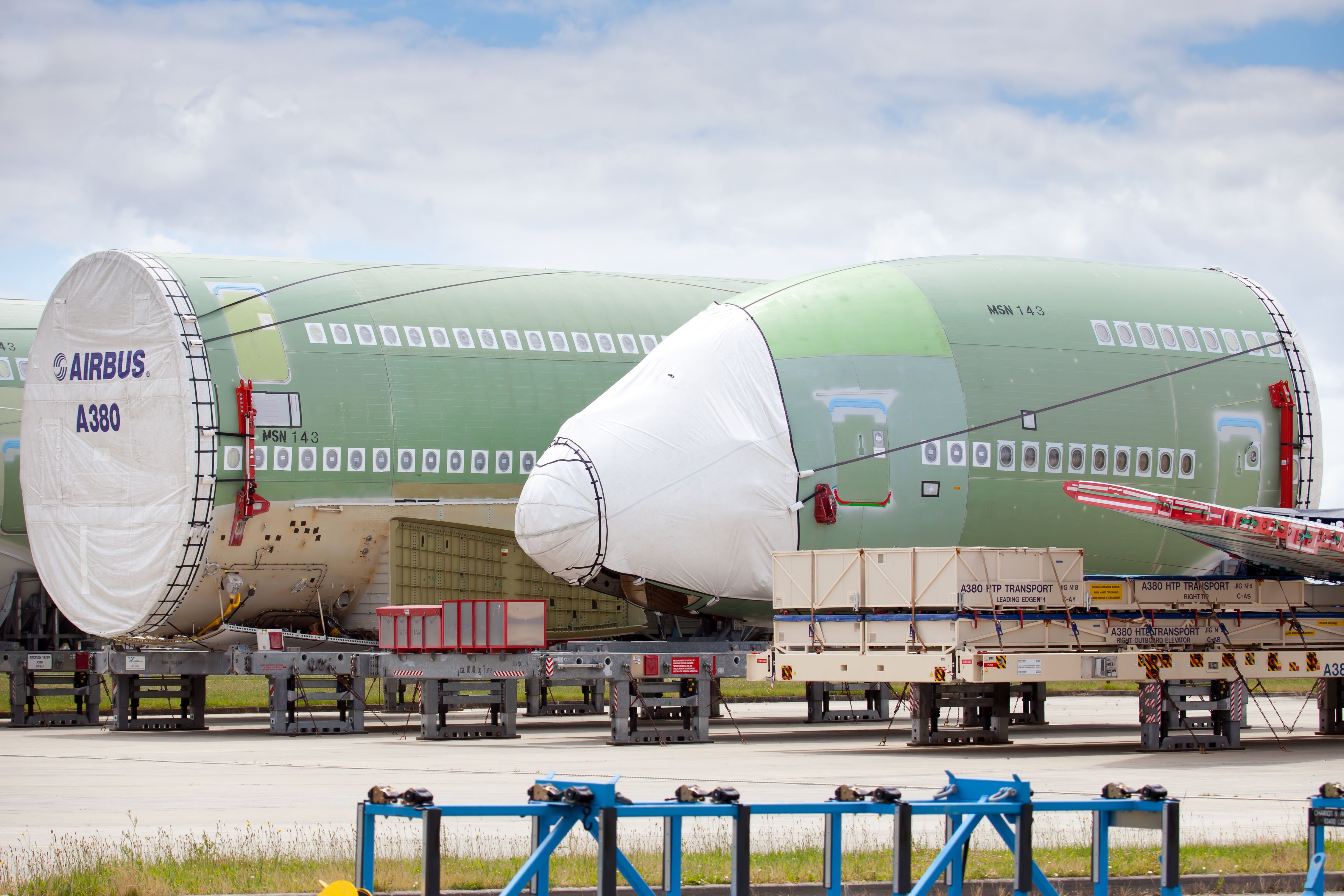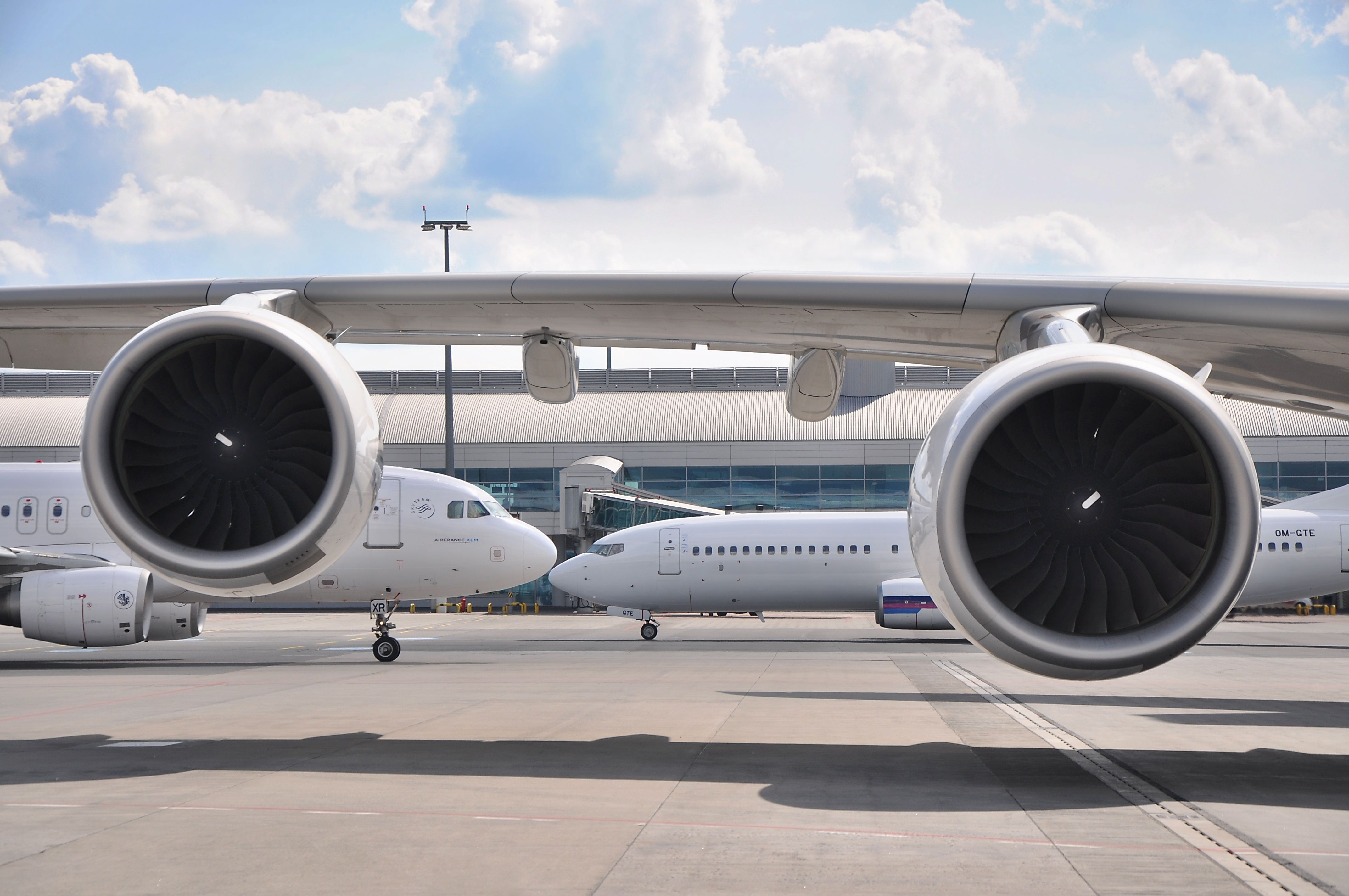The Airbus A380 is the world’s largest passenger aircraft. After over a decade of research and development, Airbus launched the double-decker jet in December 2000. The maiden flight took place from Toulouse, France, five years later, on April 27, 2005.
The initial production that was supposed to start in 2004 was delayed by over two years due to difficulties in electrical wiring. Airbus delivered its first aircraft to Singapore Airlines on October 15, 2007. The superjumbo entered service with the airlines on October 25, 2007.
The wiring problem
During the summer of 2004, large sections of fuselage arrived in Toulouse from various A380 production sites as part of the final assembly process. A team of 200 German engineers and mechanics arrive in Toulouse to lay hundreds of kilometers of electrical wiring onboard the first planes. An Airbus A380 has over 330 miles (530 km) of electrical wiring.
Various groups spent weeks threading the wires into thousands of veins for installation. As the group began to lay the cables along the walls and floor panels of the airframe, they realized that the cables were too short. According to an Airbus employee,
“The wiring wasn’t following the expected routing through the fuselage, so when we got to the end, they weren’t long enough to meet up with the connectors on the next section” – Final Assembly Mechanic, Airbus.
Airbus soon realized that the design calculations for the wiring needed to be corrected. Nearly 100,000 wires and 40,000 connectors were affected, and the entire work had to the redone from the design stage.
Get the latest aviation news straight to your inbox: Sign up for our newsletters today.
The root cause
Various sections of the Airbus aircraft are sub-assembled at different locations across Europe. Large sections come together at one of four final assembly factories, including one in Toulouse, France.
Since the 1990s, Airbus engineers in France have used CATIA and CIRCE as their two software packages for three-dimensional computer modeling. At the onset of the A380 program, the program head persuaded the German and Spanish design teams to adapt to the French software for the A380.
The German engineers preferred to use Computervision, a design software developed by a US company. While the software was approved practice for years, it only produced two-dimensional designs. German engineers thought that French practices were being imposed on them. Moreover, switching to a new software package did not convince the German Management. According to a consultant from a Hamburg design shop,
“Changing over to new software is costly and time-consuming. Nobody in upper management wanted to get their hands dirty” – Consultant, Airbus Hamburg.
The management at Toulouse blamed its German counterpart for miscalculating electrical wiring. In reality, the failure to transfer the design files between various Airbus production facilities led to discrepancies in electrical wires.
A month into the maiden flight, Airbus made its first public announcement of the production delay of six months. A year later, in 2006, Airbus announced a second delay of six to seven months. With an eventual delay of over two years, Airbus incurred an initial loss of nearly $7 billion (€5.5 billion).
What do you think about the software discrepancy that caused a multibillion-euro loss to the A380 program? Tell us in the comments section.
Source: The New York Times



